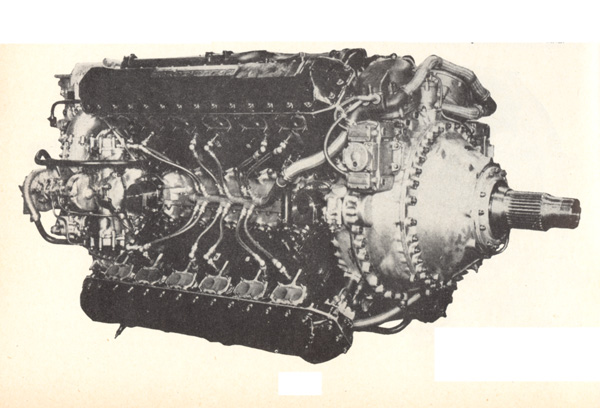| The only aircraft types designed for the Vulture to actually go into production were the twin-engined Avro Manchester and the Hawker Tornado. Although several new aircraft designs had been planned to use the Vulture, work on the engine's design ended in 1941 as Rolls concentrated on their more successful Merlin engine. Another engine produced to the same criteria, the Napier Sabre, would prove more successful after a lengthy development period. |
| Specifications: | |
|---|---|
| Rolls Royce Vulture | Date: | First Run 1937 |
| Cylinders: | 24 |
| Configuration: | X-24, Liquid cooled |
| Horsepower: | 1,450-1,550 hp |
| R.P.M.: | 2,850 rpm |
| Bore and Stroke: | 5 in (127 mm) x 5.5 in (139 mm) |
| Displacement: | 2,592 in³ (42.47 L) |
Endnotes:
|
1. Ed. Glenn D. Angle. Aerosphere 1943. New York: Aerosphere Inc., 1944. B-80. |
Return To Engine Index.
© The Aviation History On-Line Museum.
All rights reserved.
Created May 21, 2011. Updated October 12, 2013.

